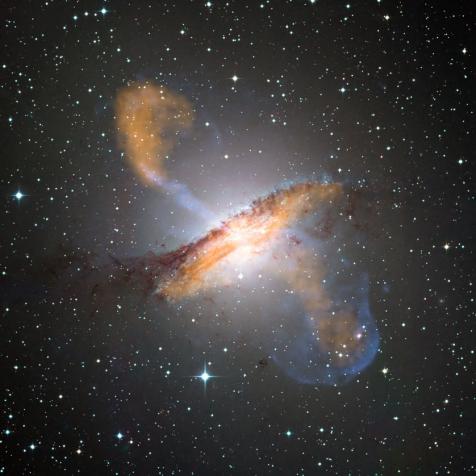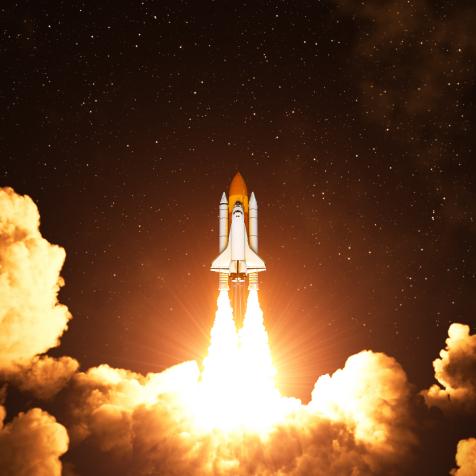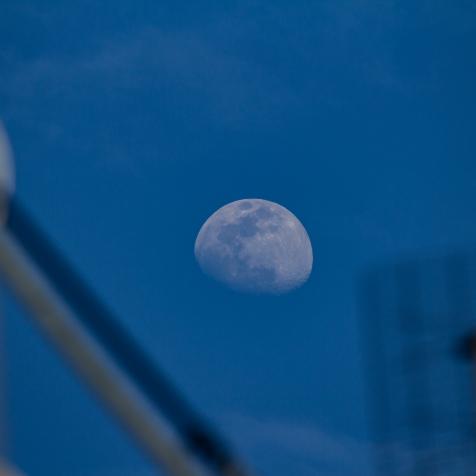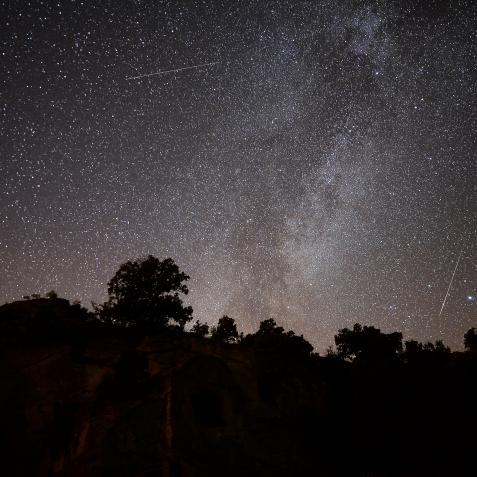
Diana Robinson Photography
May Sky Watch: What to Look Out For This Month
Whether you can see it from home or stream it online, here are some of May's wonderous celestial events.
Every month there are numerous celestial and cosmic events that are definitely something to look at! And Lowell Observatory in Flagstaff, Arizona brings the sky and space to us at home!
Eta Aquarid - May 4th & 5th

Diana Robinson Photography
Every single year around the beginning of May, the Eta Aquarid Meteor Shower is visible in the night sky. Meteors are leftover bits of comet and broken parts of asteroids that remain in the Earth's orbital path. This particular meteor shower is fast and hard to catch, but you can check out Lowell's coverage of this annual meteor shower here!
Flower Supermoon - May 7th

Shutterstock/Sergei25
The last supermoon of 2020 is happening in May. This full moon appears larger and is a bit closer to earth that full moons during other months. Lowell teaches us about the Flower supermoon here!


















